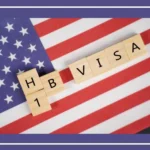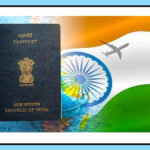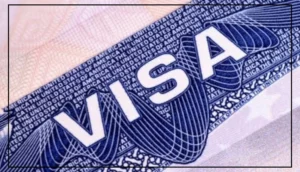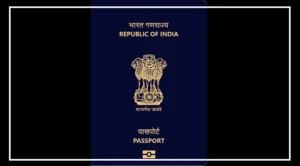China has introduced a new K-visa policy, which starts today.
Many experts believe this move is a response to US President Donald Trump’s recent decision to increase H-1B visa fees to $100,000 for foreign skilled workers.
With this new policy, China aims to attract international talent, especially in science and technology.
What is the K-Visa?
The K-visa is a new category added under China’s revised entry and exit regulations for foreigners.
It is designed to provide greater flexibility for young international professionals, particularly in science and technology fields.
Maximum age limits:
45 years for the Outstanding Young Scientists Program
40 years for the Excellent Young Scientists (Foreign) Fund Project
Unlike older visas (such as Z for work, X for study, M for business, and Q for family visits), the K-visa allows foreigners to engage in education, culture, science & technology, entrepreneurship, and business activities.
To apply, candidates must:
Hold at least a bachelor’s degree in STEM (Science, Technology, Engineering, Mathematics) from a recognized university or research institution.
Have work experience in STEM education or research.
Why Did China Introduce the K-Visa?
According to reports, the K-visa idea came from China’s 20th National Congress report. The goal is to:
Reduce entry barriers for skilled foreign professionals
Promote international cooperation in science and technology
Boost innovation and research in China
Experts say this move signals that China is not only “open for business” but also actively seeking the best global talent.
Recent data shows:
Interest in studying AI degrees in the US dropped by 25% (Jan–July 2024 vs Jan–July 2025).
Interest in AI degrees in China rose by 88% in the same period.
This shows China is becoming more attractive for students and professionals in emerging tech fields.
Can the K-Visa Compete with the US H-1B Visa?
Experts believe the K-visa is not a direct competitor to the US H-1B visa.
The US H-1B requires employer sponsorship, high educational qualifications, work experience, and minimum salary levels.
It is highly competitive.
The China K-visa is more flexible and may mainly attract second-generation Chinese professionals abroad, as well as young scientists, tech workers, and entrepreneurs.
Some industry voices suggest:
Startups in China will benefit, as they often lack resources to sponsor traditional visas.
Foreign students looking for jobs in China may also find the K-visa useful.
With rising “America First” sentiment in the US, many skilled workers feel less welcome there.
For them, the K-visa offers an alternative pathway.
























